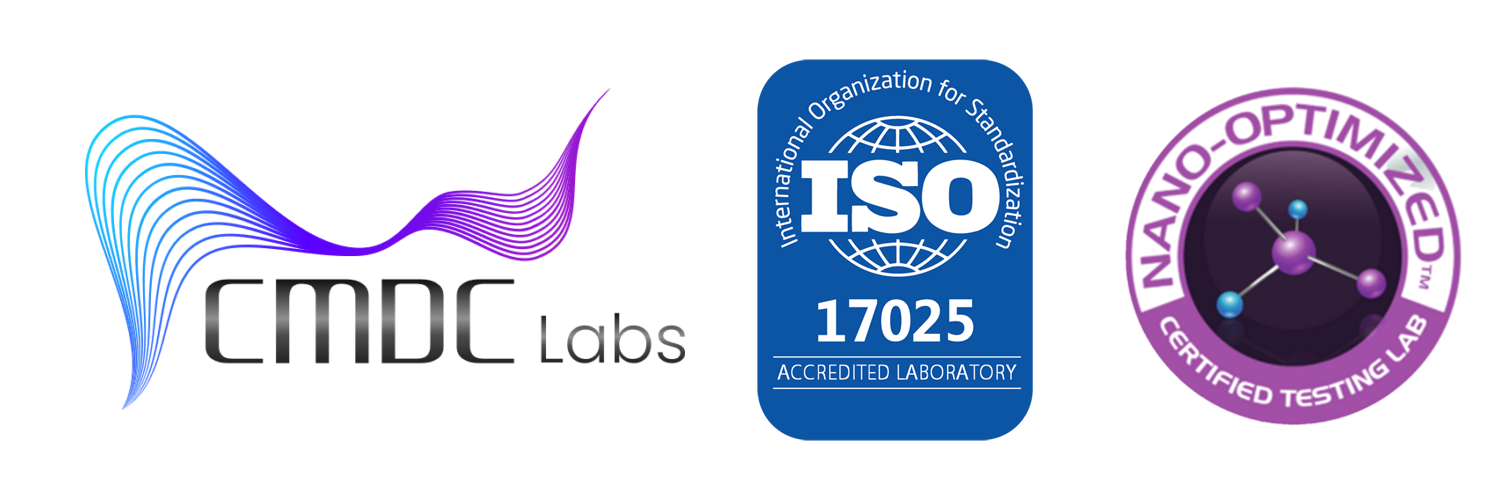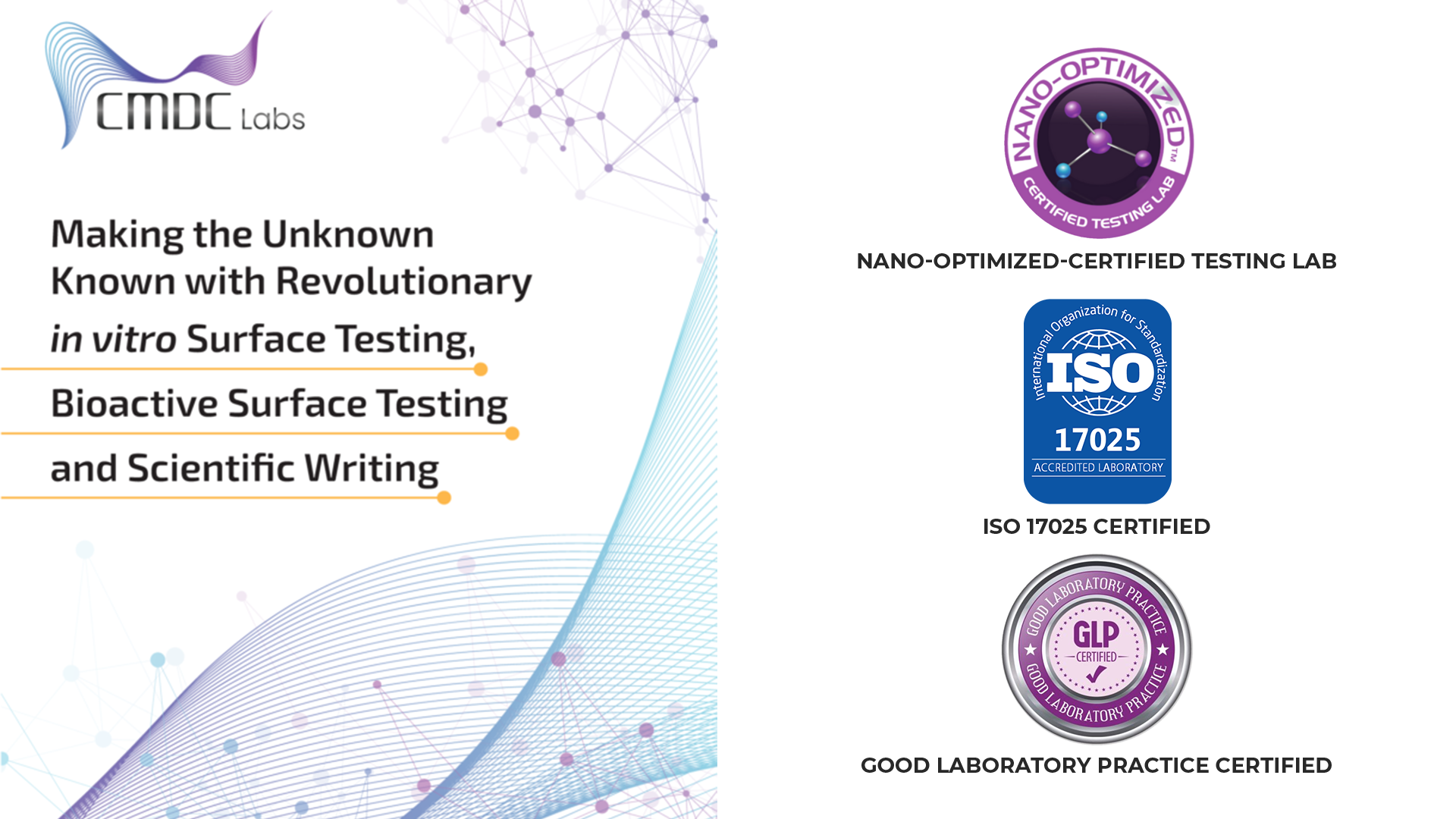The safety of the food we consume is one of the most significant concerns of our time. Every year, foodborne illnesses impact millions of people, and the consequences of inadequate food safety measures can be catastrophic. Governments, regulatory agencies, and businesses are committed to ensuring that the food supply chain is safe and reliable. But how do they know that the testing methods being used to verify food safety are accurate, reliable, and capable of meeting stringent regulatory standards?
One of the most trusted and respected ways to ensure the accuracy of food safety testing is through AOAC-certified testing. The Association of Official Analytical Chemists (AOAC) is a globally recognized organization that sets standards for analytical testing and certifies methods that meet these standards. AOAC-certified testing methods are widely accepted in the food industry for their reliability, precision, and ability to meet the requirements of regulatory agencies worldwide.
In this article, we will explore how AOAC-certified testing plays a crucial role in ensuring the accuracy of food safety results, how it helps manufacturers meet regulatory standards, and the benefits of adopting these methods for food safety testing. By understanding the critical role of AOAC certification, manufacturers and regulatory bodies can be confident that their testing methods are both effective and compliant with the rigorous standards expected in the food industry.
1. What is AOAC Certification and Why is It Important?
The Association of Official Analytical Chemists (AOAC) is a global non-profit organization that develops and certifies standard testing methods for a wide range of industries, including food safety, agriculture, pharmaceuticals, and environmental testing. Founded in 1884, AOAC has become the authority in developing validated testing protocols that ensure accuracy, consistency, and reliability.
A. The Role of AOAC in Food Safety Testing
AOAC certification is a seal of approval that ensures a testing method or procedure has been scientifically validated and meets the highest standards of accuracy and precision. For food safety testing, AOAC certification ensures that a method is capable of detecting harmful pathogens, contaminants, or chemicals in food products with a high degree of reliability.
The AOAC also provides a rigorous process of evaluating and approving methods, ensuring that any testing protocols used in food safety are not only accurate but also repeatable and reliable. These standards are essential for creating trust among consumers, regulators, and businesses alike.
B. How AOAC Certification Impacts Regulatory Compliance
Regulatory agencies such as the Food and Drug Administration (FDA), European Food Safety Authority (EFSA), and World Health Organization (WHO) have strict guidelines regarding the testing methods used in the food industry. These agencies often require that food safety testing be conducted using methods that are validated, standardized, and consistent with industry standards.
When a method is AOAC-certified, it automatically meets the highest standards set by these regulatory bodies. Therefore, manufacturers, food producers, and testing laboratories can be confident that the methods they use for testing food products align with the requirements of regulatory agencies.
2. Ensuring the Accuracy of Food Safety Results with AOAC-Certified Methods
Accuracy is the cornerstone of any food safety testing method. When it comes to detecting harmful pathogens, toxins, or contaminants in food, even the slightest inaccuracy can lead to dangerous consequences. AOAC-certified methods are designed to eliminate errors and ensure that results are reliable.
A. Reliable Pathogen Detection
Foodborne pathogens such as Salmonella, E. coli, and Listeria monocytogenes are among the most common causes of foodborne illnesses worldwide. Detecting these pathogens accurately is critical to preventing outbreaks and ensuring that food products are safe for consumption.
AOAC-certified methods for pathogen detection use scientifically validated procedures and equipment that are optimized to detect even trace amounts of harmful microorganisms. These methods provide highly accurate results, helping manufacturers and regulatory bodies ensure that food products are free from pathogens that could endanger public health.
B. Accurate Quantification of Contaminants
Food products may also be contaminated with harmful chemicals such as pesticides, heavy metals, and food additives. AOAC-certified methods are capable of detecting and quantifying these contaminants at very low levels, ensuring that food products meet safety thresholds set by regulatory agencies.
For example, AOAC-certified pesticide residue testing methods are used to assess the presence of pesticides on fruits, vegetables, and grains. These tests provide accurate measurements of pesticide levels, ensuring that they do not exceed the maximum residue limits (MRLs) established by agencies such as the FDA and the European Commission.
Similarly, AOAC-certified tests for heavy metals, such as lead, mercury, and arsenic, help to ensure that food products are safe from toxic substances that could harm consumers.
C. Precision in Nutritional Labeling
Another area where AOAC-certified methods are vital is in the accurate determination of nutrient content in food products. Regulatory agencies require that food labels accurately reflect the nutritional composition of the product, including levels of fat, protein, carbohydrates, vitamins, and minerals.
AOAC-certified testing methods for nutritional analysis use precise techniques such as high-performance liquid chromatography (HPLC) and mass spectrometry to measure nutrient levels with accuracy. This ensures that food manufacturers comply with labeling requirements and provide consumers with trustworthy nutritional information.
3. How AOAC-Certified Testing Helps Meet Regulatory Standards
Food safety regulations are designed to protect public health and ensure that food products meet established safety standards. Compliance with these regulations is essential for manufacturers, as non-compliance can result in product recalls, fines, and even the loss of market access. AOAC-certified testing plays a key role in meeting these regulatory standards.
A. Alignment with International Standards
One of the most important advantages of using AOAC-certified testing methods is that they align with international standards. Many countries require that food safety testing be conducted using methods that are scientifically validated and internationally recognized. AOAC certification ensures that manufacturers’ testing procedures are consistent with global standards, making it easier for them to enter international markets.
For example, in the European Union, food safety regulations are governed by Regulation (EC) 852/2004 and Regulation (EC) 882/2004, which set standards for food safety management systems and official controls. By using AOAC-certified methods, manufacturers can demonstrate that their testing procedures meet these regulatory requirements.
B. Facilitating Product Approvals and Market Access
Regulatory agencies often require food safety testing results as part of the approval process for new food products. Whether a company is introducing a new product to the market or expanding into international markets, it is essential to provide regulatory agencies with reliable testing data.
AOAC-certified testing ensures that the results of these tests will be accepted by regulatory authorities, streamlining the approval process and facilitating market access. For example, the FDA in the U.S. and the EFSA in the EU require food products to be tested for contaminants and pathogens using validated, scientifically sound methods. By using AOAC-certified testing methods, manufacturers can avoid delays in the approval process and ensure that their products meet regulatory standards.
C. Supporting Compliance with Labeling and Safety Standards
In addition to pathogen detection and chemical contamination testing, AOAC-certified methods help ensure compliance with food labeling and safety standards. Regulatory bodies require accurate labeling to inform consumers about allergens, nutritional content, and potential risks associated with food products. AOAC-certified methods for allergen testing and nutritional analysis ensure that food labels reflect the true content of the product, protecting both consumers and manufacturers.
Moreover, food safety standards such as the HACCP (Hazard Analysis and Critical Control Points) system often require rigorous testing to identify and control hazards at each stage of production. AOAC-certified methods support these systems by providing accurate, reliable data that can be used to validate safety protocols.
4. The Benefits of AOAC-Certified Testing for Food Manufacturers
Using AOAC-certified testing methods offers a wide range of benefits to food manufacturers, from ensuring compliance with regulatory standards to building consumer trust.
A. Reducing the Risk of Product Recalls
A major benefit of AOAC-certified testing is that it helps manufacturers identify and address safety issues before products reach the market. By detecting pathogens, toxins, and contaminants early in the testing process, manufacturers can reduce the risk of product recalls and the associated costs, legal implications, and reputational damage.
B. Increasing Consumer Confidence
Consumers are increasingly aware of food safety issues and demand transparency and accuracy when it comes to product labeling. AOAC-certified testing helps manufacturers provide reliable, verifiable information that boosts consumer confidence. By using validated testing methods, manufacturers can assure customers that their products meet the highest safety standards.
C. Facilitating Global Trade
In the global marketplace, manufacturers must navigate a complex web of regulations and testing requirements. AOAC-certified testing methods help ensure that products meet international standards, making it easier for manufacturers to export their products to markets around the world. With AOAC certification, manufacturers can demonstrate that their products are safe, compliant, and ready for global distribution.
5. Conclusion
In today’s complex food industry, ensuring the safety and accuracy of food products is paramount. AOAC-certified testing provides manufacturers with the tools they need to meet regulatory standards, ensure the accuracy of food safety results, and protect consumers from harmful contaminants and unsafe products. By using scientifically validated methods, AOAC-certified testing helps reduce the risk of foodborne illnesses, improve product quality, and facilitate market access, all while boosting consumer confidence.
For food manufacturers, adopting AOAC-certified testing methods is not just a matter of regulatory compliance; it is a commitment to quality, safety, and consumer trust. In a rapidly evolving industry, ensuring that food safety testing meets the highest standards is the key to long-term success.

